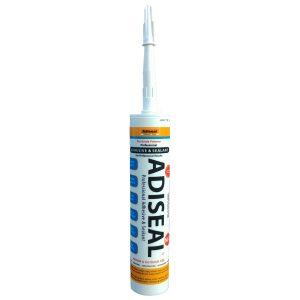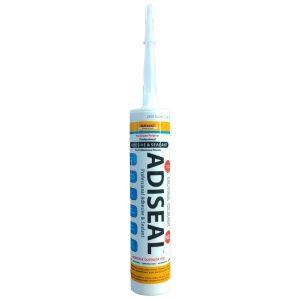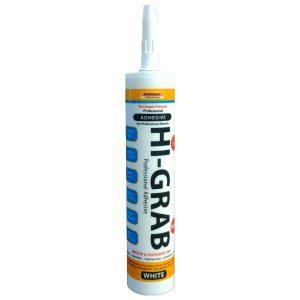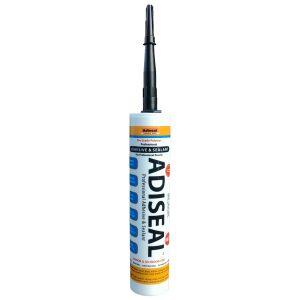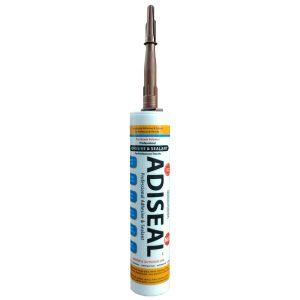Glue for Concrete
Glue for Concrete: Choosing the Right Adhesive for Strong Bonds
When working with concrete, having a reliable and effective glue for concrete is crucial. This article delves into the significance of selecting the appropriate adhesive for concrete bonding, offering insights into its applications and providing tips for successful concrete projects.
Understanding Glue for Concrete
1. Types of Concrete Adhesives:
– Cementitious Adhesive: These adhesives contain cement as a primary ingredient, offering excellent bonding strength with concrete surfaces.
– Epoxy Adhesive: Epoxy-based adhesives provide exceptional durability, chemical resistance, and high bonding strength for concrete.
2. Factors to Consider:
– Bonding Strength: Choose a glue specifically formulated for concrete surfaces, ensuring a strong and reliable bond.
– Chemical Resistance: Select an adhesive that can withstand exposure to chemicals, oils, and other substances commonly found in concrete environments.
– Curing Time: Consider the adhesive’s curing time to ensure it aligns with the project timeline and requirements.
Applications of Glue for Concrete
1. Concrete Repair:
– Glue for concrete is ideal for repairing cracks, chips, or damaged concrete surfaces.
– It effectively fills gaps and restores the structural integrity of the concrete, preventing further deterioration.
2. Concrete Construction:
– Adhesives designed for concrete play a crucial role in various construction projects.
– They are used for bonding precast concrete elements, attaching concrete blocks or bricks, and joining concrete sections together.
3. Decorative Concrete:
– Glue for concrete is essential for decorative applications such as attaching tiles, stones, or decorative elements to concrete surfaces.
– It ensures a strong and long-lasting bond, enhancing the aesthetic appeal of the concrete.
Tips for Successful Concrete Bonding
1. Surface Preparation:
– Clean the concrete surface thoroughly, removing any dust, dirt, or loose particles.
– Roughen the surface slightly using sandpaper or a wire brush to improve the adhesive’s bond.
2. Adhesive Application:
– Follow the manufacturer’s instructions for adhesive application, including the recommended tools, techniques, and coverage.
– Apply the adhesive evenly and generously, ensuring complete contact between the adhesive and the concrete surface.
3. Curing and Drying Time:
– Allow sufficient time for the adhesive to cure and dry according to the manufacturer’s instructions.
– Avoid subjecting the bonded concrete to stress or load until the adhesive has fully cured.
Conclusion:
Choosing the right glue for concrete is crucial for achieving strong and durable bonds in concrete projects. Consider the type of adhesive, bonding strength, chemical resistance, and curing time to ensure it suits the specific application. Proper surface preparation and adhesive application techniques are essential for successful bonding. Select a reliable glue for concrete and embark on your next concrete project with confidence, knowing that you have chosen the right adhesive for strong and lasting results.
Showing all 6 resultsSorted by popularity
